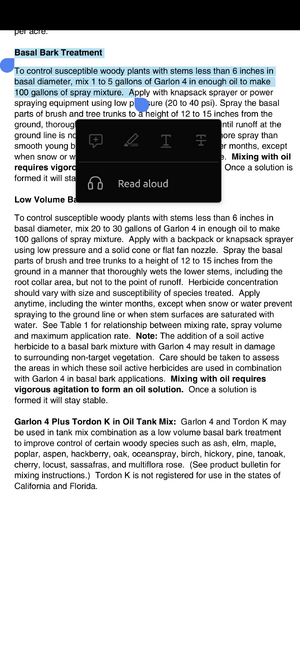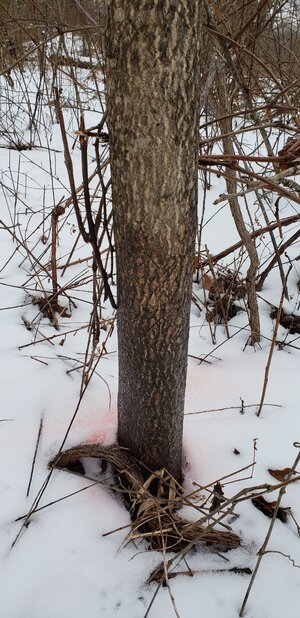NoviceTreeGuy
New Member
I waited until march/April to girdle and spray 1/3 garlon4 & 2/3 diesel fuel mix on my maples.
Well the sap was running by then and I got very little success killing them.
Do I even need to girdle them and spray this mix or could I just spray the bottom 3 feet of the tree now (december) to get a kill?
This mix worked great for autumn olive, I was hoping it would take care of some maples.
Well the sap was running by then and I got very little success killing them.
Do I even need to girdle them and spray this mix or could I just spray the bottom 3 feet of the tree now (december) to get a kill?
This mix worked great for autumn olive, I was hoping it would take care of some maples.


